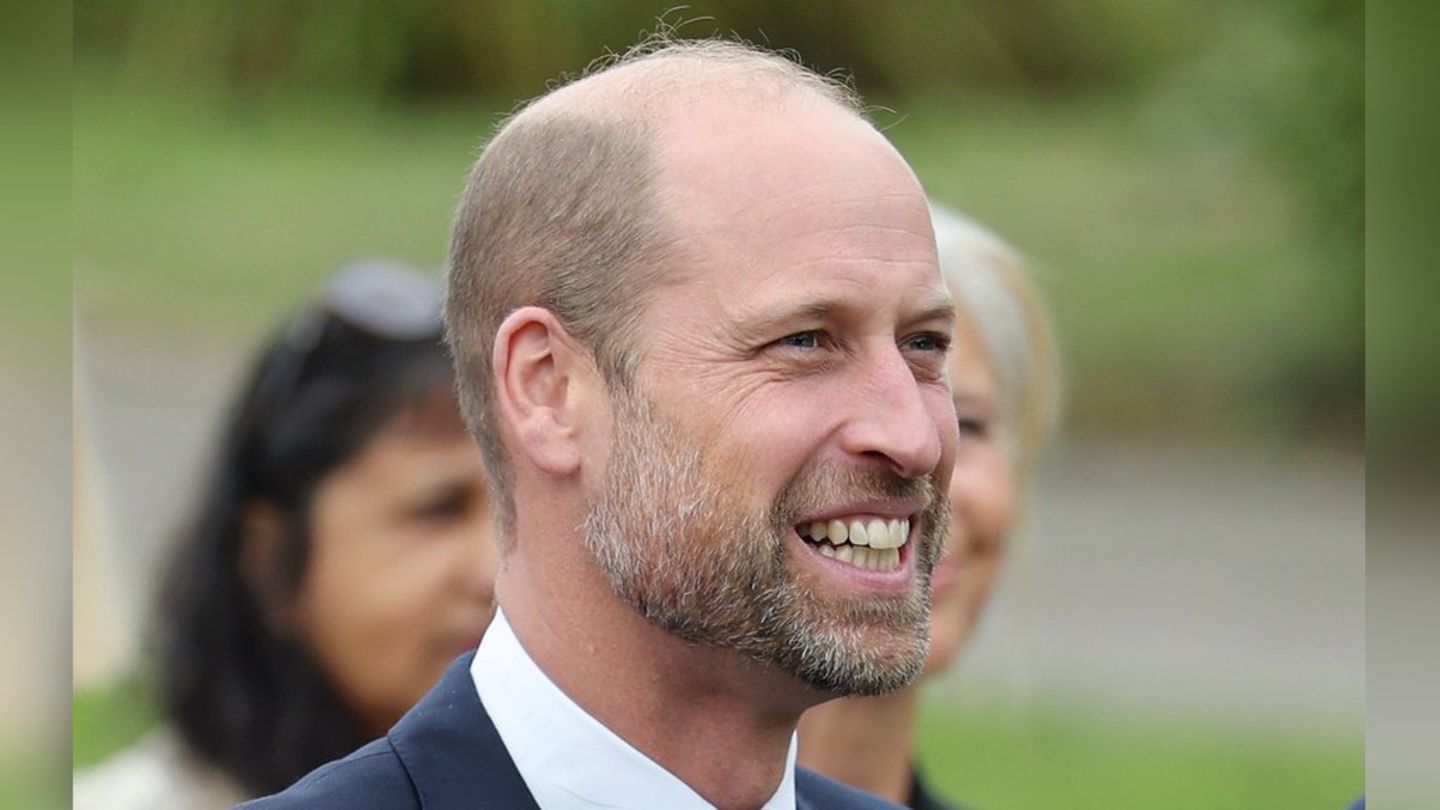Image: dpa

Image: Reuters

Image: OÖN/Theo Kust

Image: OÖN/LP
Jungle? One thinks of the rainforest on the Amazon or the endless forests in Siberia. But Europe was also a continent of forests: around 6,000 years ago, 80 percent of the area was still covered by virgin forest. Today, a good third of Europe, around 230 million hectares, is still forest area. But only a small part of them are virgin or so-called primary forests.
Estimates of the proportion of virgin forests in Europe vary. The WWF refers to information from Berlin’s Humboldt University that in 2021 an international team of researchers compiled a map of the last virgin forests in Europe. According to these surveys, there are still around 1.4 million hectares of “primary forest” in Europe, spread across 34 countries. In Finland, with its vast coniferous forests and the Carpathians, especially the Carpathian Arc, there are even larger areas of untouched virgin forest. Less “strict” estimates speak of up to 4.5 million hectares, i.e. around two percent of the forest area.
Instead of never changing forests, researchers prefer to speak of “primary forests” and describe them as forests with a high degree of naturalness, “without implying that they have never been disturbed by humans.” Because the time factor is also crucial. Even a forest that was once used can, after being left dormant for centuries, be considered a secondary jungle again, in which a diversity of fauna and flora has once again developed. One example is the Upper Austrian Kalkalpen National Park: It has “remains of virgin forest”. As the forest is decommissioned, it will become more and more like a primeval forest with its mighty giant trees and abundance of dead wood over time. Which brings us to the biggest threat to primary forests: human use. After Romania joined the EU in 2007, large-scale clear-cutting in the Romanian Carpathians increased dramatically.
But numerous virgin forests have been declared protected areas – significant ones of which are not that far away from us. Five examples show this.

Image: Reuters
Bialowieza (Poland)
The huge Bialowieza National Park lies on the border between Belarus and Poland. It was founded in 1932 as Poland’s first national park and is considered the last lowland jungle in Europe. The Polish part has been a UNESCO World Heritage Site since 1979, the Belarusian part since 1992. The national park is a retreat for around 12,000 animal species. Even bison, the “European bison”, still live here.

Image: OÖN/Theo Kust
Rothwald (Austria)
To the west of Mariazell on the border between Lower Austria and Styria lies the Dürrenstein-Lassingtal wilderness area, about four square kilometers of which make up its most pristine part, the Rothwald primeval forest. It is thanks to the Rothschilds that it has been so well preserved. Albert von Rothschild had already decreed in 1875 that the forest should remain untouched.

Image: OÖN/LP
Plitvice Lakes (Croatia)
Most famous are the 16 emerald green lakes, but this is Croatia’s largest national park and the oldest in southeastern Europe. They are located in the mountainous region of Croatia between the Mala Kapela and Licka Pljesivica mountain ranges. Although the Plitvice Lakes are the most famous part of the park, they only take up about one percent of the total area of the national park.
Retezat (Romania)
This national park in the Carpathians in southwest Romania was founded in 1935. With peaks some over 2,500 meters, it offers a barely touched forest with beech and spruce trees. But it’s not just the trees that enjoy protection. Wolves, bears, deer, lynxes, foxes, wild cats and golden eagles have found a refuge in the Retezat.
Sumava (Czech Republic)
The biosphere reserve with the Sumava National Park is considered one of the most species-rich protected areas in Central Europe. The Boubinsky nature reserve, the largest pristine forest in Central Europe, is impressive. The forest with 300 to 400 year old trees on the 1,362 meter high Boubin mountain was able to thrive almost without restriction.
Become part of our initiative and sponsor a tree!
Together with its partners, OÖNachrichten has set itself the goal of planting 100,000 trees in Upper Austria. To achieve this goal, readers can actively participate in our initiative by sponsoring a tree. And this is how it works:
For our subscribers
As a thank you for your loyalty, we would like to give you a tree sponsorship. You can activate your tree sponsorship at www.nachrichten.at/baumpate. If you have any questions, please do not hesitate to contact us at leserservice@nachrichten.at or 0732 / 7805-560.
For new customers
A tree sponsorship as a gift when you take out a new trial subscription. Order OÖN digital & print now and read everything about forests.
For corporate customers
Would you also like to take part in the campaign? Take on sponsorships for your customers or
Employees! We look forward to hearing from you: wald@nachrichten.at
My themes
For your saved topics were
new articles found.

info By clicking on the icon you can add the keyword to your topics.
info
By clicking on the icon you open your “my topics” page. They have of 15 keywords saved and would have to remove keywords.
info By clicking on the icon you can remove the keyword from your topics.
Add the topic to your topics.
Source: Nachrichten




